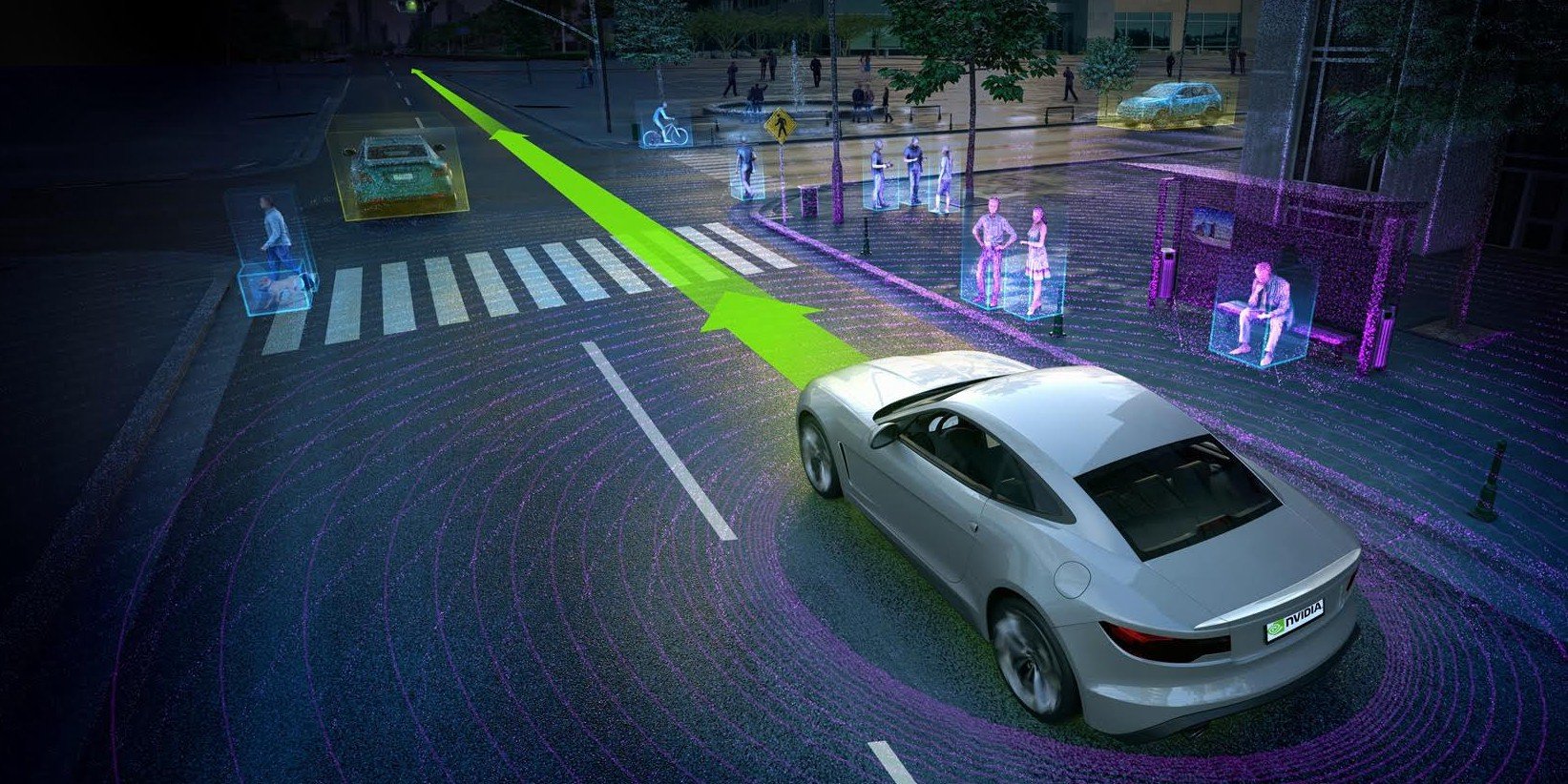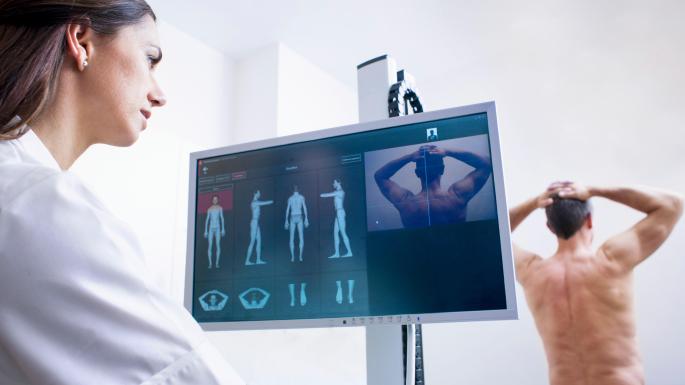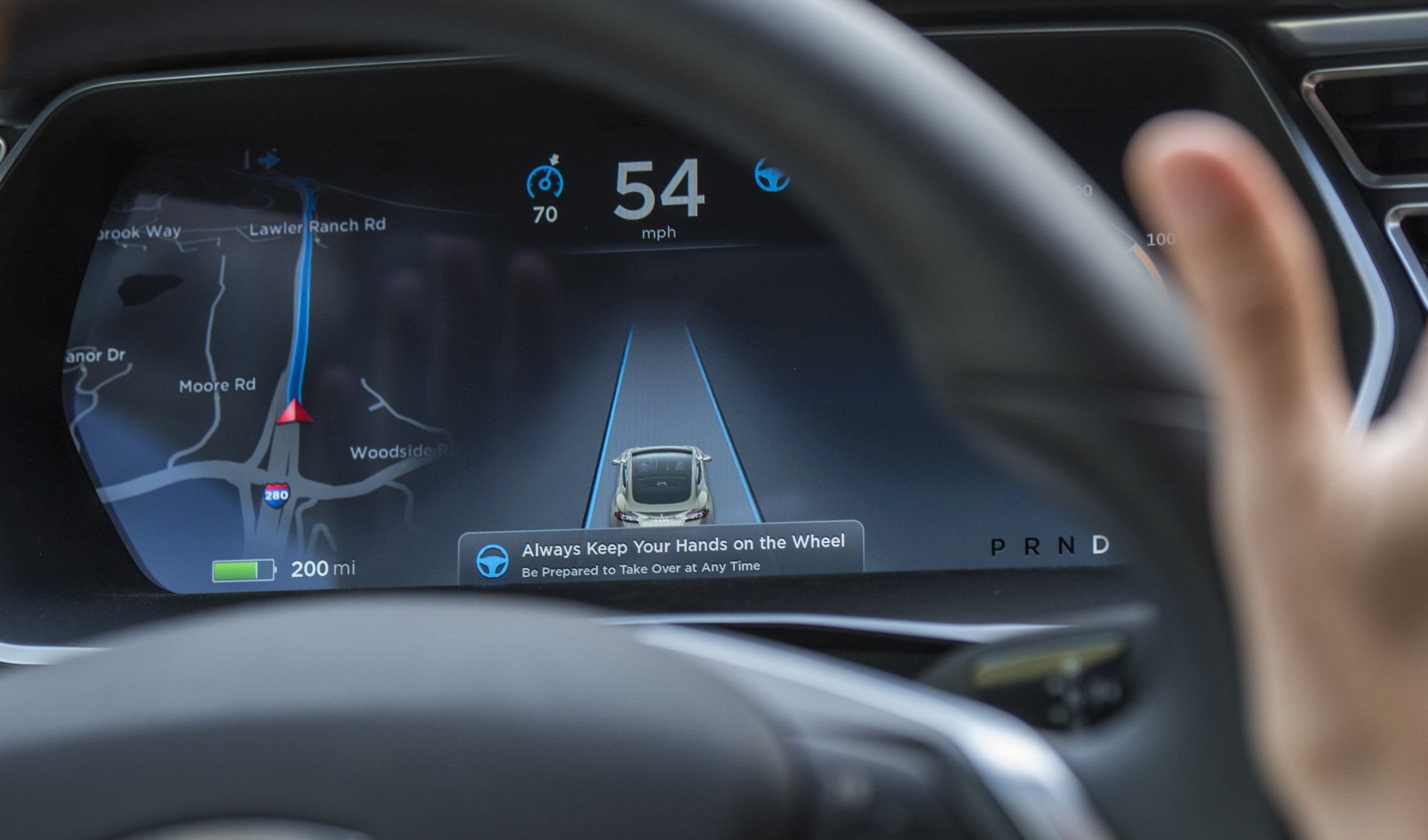© 2000-2025 - Enkey Magazine - All rights reserved
ENKEY SNC - VAT ID IT03202450924 / REA Code CA253701 - Phone. 078162719
The Artificial Intelligence is the equivalent of an electronic “brain” for the new last generation self-driving cars.
Its programming is extremely complex and delicately coded. The Artificial Intelligence must keep track of endless variables. Street works, changes in the landscape that may be caused by natural events such as landslides, unforseen obstacles, and of course the occurrence of pedestrians.
It is of utmost importance that self-driving cars guarantee the safety of the passengers and of pedestrians alike.
But it was security that unexpectedly represented a problem. As advanced as these Artificial Intelligences are, they still have limitations. The latestof which might represent a significant hazard to people’s safety.
If the Artificial Intelligence can’t identify dark-skinned pedestrians
The Artificial Intelligence behind the self-driving cars’s recognition system may in fact be unable to identify dark skinned people.
The darker a person’s skin, the more difficult it is for the AI to tell him or her apart from the background. But there’s more. The recognition of short people proved considerably more difficult than with pedestrians of average height.

A Georgia-based study brought up these disconcerting (and alarming) results. The purpose was a thorough optimization of self-driving cars, in order to make these vehicles as highly performing but also as secure as possible.
The Artificial Intelligence allegedly even had troubles recognizing whether a dark skinned person was male or female.
The Artificial Intelligence’s limits regarding face traits
Facial traits might represent a challenge for the programming of Artificial Intelligence – that’s old news. And it’s been reported before.
The most infamous case being that of Google’s AI which had mistakenly assigned the ID of chimpanzees, or gorillas, to dark skinned people.

IPhone X’s face recognition software is plagued by a similar problem as well.
Many Chinese users of the Apple smartphone have claimed that their cameras would often fail to pick up their faces. And even telling two people apart can be kind of problematic for iPhone X.
Georgia Tech’s study on Artificial Intelligence
In order to sort out the problem that arose with Artificial Intelligences, Georgia Tech ran a very in-depth research.
The study examined the Artificial Intelligences of eight different self-driving cars. To each of them, researcher submitted pictures of people with varying degrees of skin tone.

The skin tones were selected through the Fitzpatrick Scale, which is also used to evaluate UV sensitivity of different skins. Thus the researchers were able to select at least one specimen for each of the Scale’s six color categories.
These people were then asked to casually cross some Atlanta roads where self-driving cars were driving.
The test’s purpose was to ensure that the Artifcial Intelligence‘s face recognition software would work reliably. The pedestrians were meant to cross the roads safely and without hassles.
The disconcerting results of the Atlanta-based test
And the test’s results were astonishing to say the least – so much so as to alarm the researchers themselves.
Face recognition was about 5% less effective when it came to darker skinned pedestrians.
Contrarily, the Artificial Intelligence met little or no problems with fairer skinned people.

According to researchers Benjamin Wilson, Judy Hoffman and Jamie Morgenstern, roots to the problem might be found in the training of the AI. Although the software’s been exposed to a wide array of facial traits and skintones, Caucasian males would still be the most easily recognizable.
Unlike women, short-sized people, or anyone who might belong to a different ethnicity. Which may be an alarming problem if this kind of techology should, as expected, fully go global.
It’s of utmost importance to figure out how the situation might be dealt with, in order to fine-tune the Artificial Intelligences inner workings. For once they hit the road, self-driving cars shouldn’t have any difficulty in identifying pedestrians. Regardless of their gender or skin color.
This post is also available in:
 Italiano
Italiano


